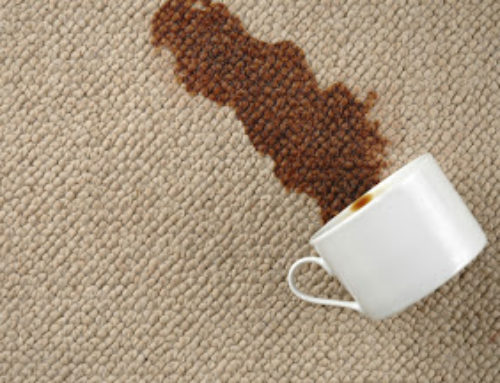Key types of carpets refer to the construction techniques and the methods through which carpets are fabricated. Similar to other textiles, the construction technique usually determines the overall appearance, texture, and durability of the rugs.
Without a better understanding of the different rug construction techniques, you can easily end up with a raw deal. Here are some of the common rug construction techniques that you should look out for when searching for rugs.
Hand-knotted rugs
Compared to the other types of carpet, hand knotting is the most labor-intensive rug making method. Hand knotting is an art that was mainly practiced by early rug weavers. This makes it the main technique for oriental rugs. This technique is achieved by tying individual knots to warp yarns. The knots are exclusively developed by free hand. This gives each rug an authentic appeal that is quite hard to duplicate.
Hand-knotted rugs do not have backing and binding around the edges. This makes them very durable. Besides, the individual knots are strongly adjusted to create a fine and compact pile that is sure to last even for a decade. At Rugman, we stock several hand-knotted area rugs that are made of natural materials including New Zealand wool, cotton, and silk. Due to their authentic feel, these hand-knotted rugs are always great for creating a focal point or personality of rooms.
Owing to the intensive labor and expertise that is involved in fabricating hand-knotted rugs, not many rug makers today offer them. Hand knotted area rugs are ideal for decorating formal spaces like living rooms, dining areas, offices, and entryways. We offer hand knotted carpets in a wide range of styles, sizes and colors to enable you to find the right carpets for complementing every theme and space. Hand-knotted rugs are highly durable and they always deliver outstanding performance in low, medium and high traffic areas.
Hand Tufted Rugs
These rugs are fabricated using a tufting gun. This is a handheld tool. Instead of knots like in hand knotted carpets, hand tufting involves pulling of loops of yarn through a backing material. The procedure is repeated several times until the required dimensions are attained. After the process is completed, the artists put the last touches on the rugs by shearing the loops to create a fine cut pile.
Compared to hand knotting, hand tufting usually takes less time and effort. However, the fact that most of the procedures are done manually ensures a unique appeal on every rug. One important thing about hand-tufted rugs that you should keep in mind is that they usually shed. They also will require regular vacuuming to preserve their looks over time.
Hand tufted carpets do well in bedrooms, family rooms and dining areas where there is no much traffic. Due to the tough backing materials that are used in the construction of hand-tufted rugs, these carpets are also quite durable.
Machine made Rugs
These are the most common today mainly because the construction is handled by machines. While developing these rugs, artisans draw the designs and program the machines with instructions on how to achieve them. However, these machines are run by expert weavers that carefully inspect the rugs at every stage of the construction process to make sure that the final product meets the required quality standards.
One of the unique attributes of machine-made rugs is that they have binding around the edges and they are available in low, medium and high piles. Besides, most machine-made rugs are relatively similar. This makes them quite easy to spot. The fact that they are made by programmed electronic looms enhance precision in their designs, colors and other features.
Machine made rugs are quite versatile and they always deliver greater performance in offices, living rooms, kitchens, bedrooms, dining areas, kids rooms, pathways, sunrooms, and bathrooms.
Flatweaves
As the name suggests, flat weaves have no piles. The procedure can either be done by hands or special tools. Flatweaves are created by weaving warps or vertical yarns through wefts repeatedly to create a smooth and comfortable thin profile rug. Unlike machine made rugs, flatweaves do not have a backing. This ensures a finer texture. Additionally, the lack of backing makes these rugs reversible. That means you can use both sides of the rugs interchangeably.
There is a unique artistry that is involved in the construction of flat weaves that ensures a similar appearance and feel on both sides. Their reversibility is an integral aspect that contributes to their graceful aging. On the other hand, flat weaves are usually a great option for use in spaces where there are allergic sufferers. Their thin profile makes it hard for dirt, debris, and allergens to find somewhere to hide within the fibers.
At Rugman, we offer a huge collection of flat weaves with quality materials and intricate designs that stand out both in homes and offices. This type of carpet is always an incredible option for dressing up high traffic areas like kitchens and entryways.




